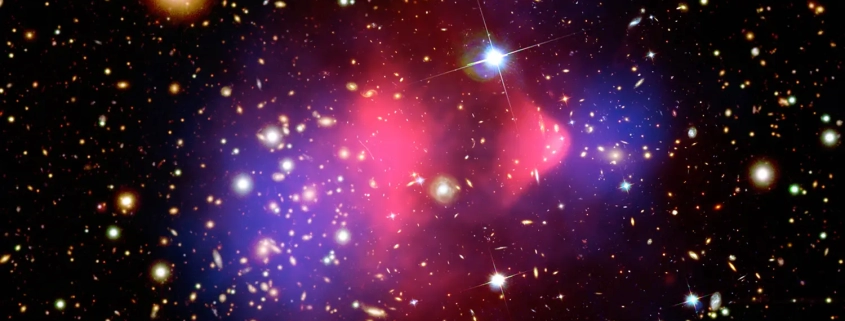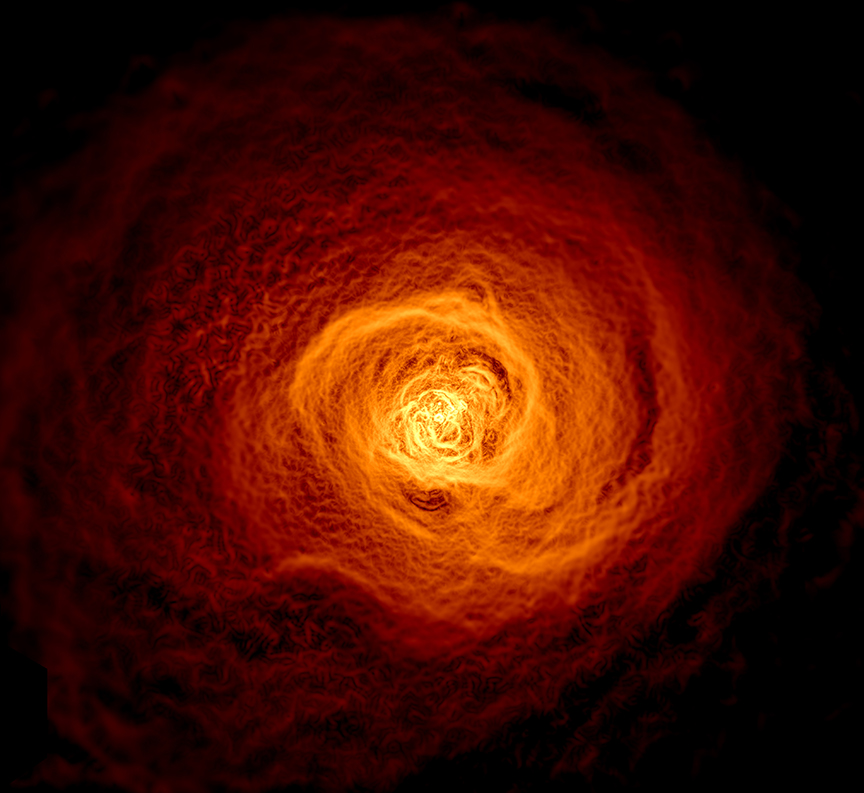
AST 403: Galaxies and Intergalactic Medium
Course Content

Milky Way
How did our galaxy form? What are the constituent components of our Galaxy? Galactic rotation. Meteorology of interstellar gas.

Galaxy Types
How did Hubble create the first classification scheme for galaxies? How has this scheme been modified to match with modern observations? What physical processes create the different types?

Birth and Evolution
How did galaxies form within the first 3 billion years of our universe? What is the contribution of dark matter and gaseous halos in the formation? How do galaxies evolve?

Galaxy Clusters
When did the first clusters of galaxies emerge? How different are the radio, visible-light and x-ray observations of galaxy clusters?

Active Galaxies
How does the supermassive black hole at the center and the galaxy as a whole co-evolve over the lifetime of a galaxy? Radio observations of active galactic nuclei.

Intergalactic Medium
Composition of the intergalactic medium and the variation of its density. Spectra lines originating from the IGM.
Keystone Project



